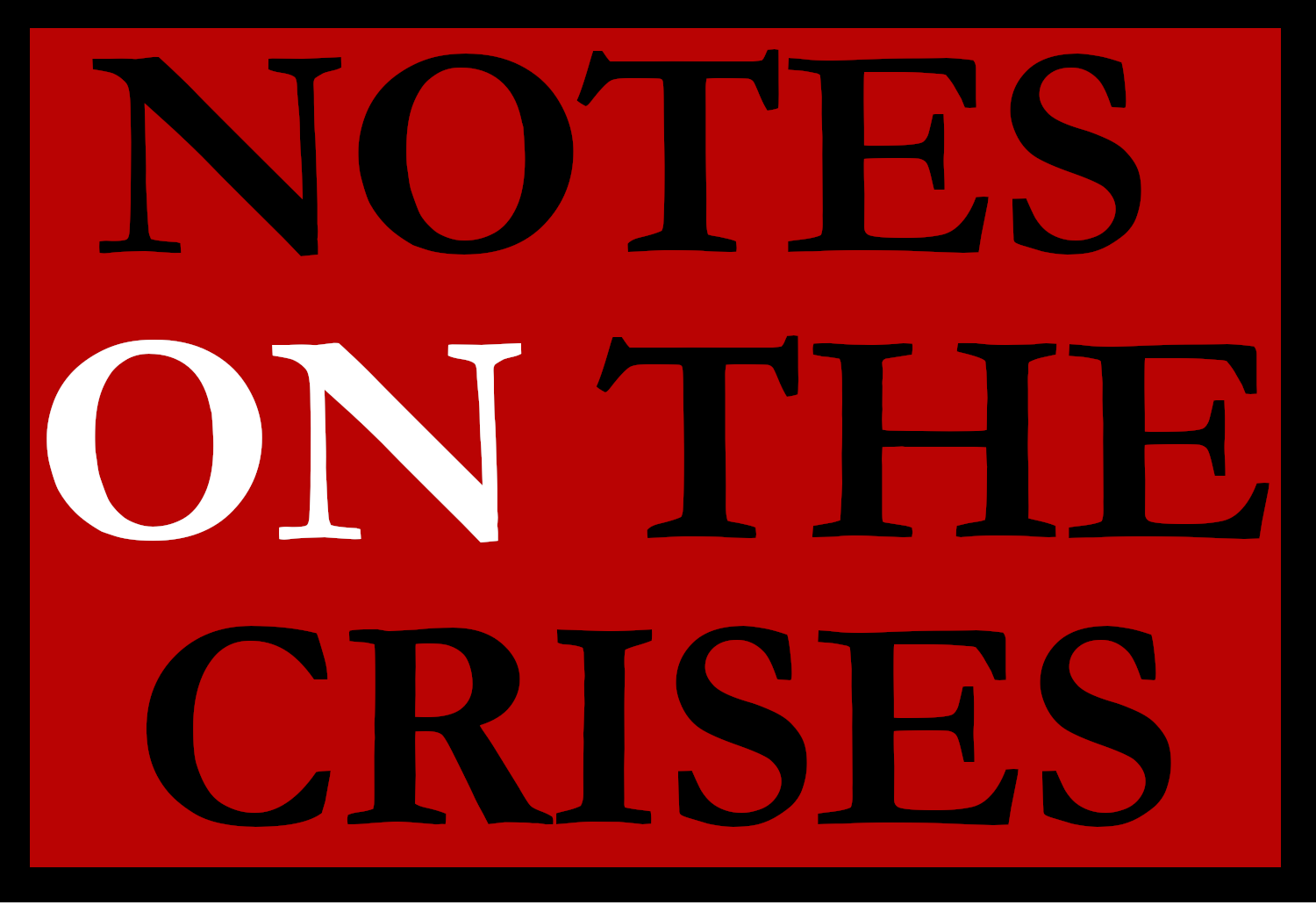Avoid Austerity To Prevent A State And Local Coronavirus Depression
a New Column for "The Appeal"
As a result of this substack, and your support, I’ve gotten a number of new writing opportunities. The one below is the first to bear fruit. ICYMI, I also posted a piece last night on authorizing the Federal Reserve to issue its own Securities.
It may feel like the government is handing out money like crazy these days. Congress just passed a $2.2. trillion stimulus bill responding to the novel coronavirus, though that number may be somewhat inflated. The Federal Reserve is launching multi-trillion dollar lending programs. Meanwhile, state and local governments are mobilizing to provide healthcare and other services during the pandemic.
But beneath the surface austerity looms. On April 2, New York Governor Andrew Cuomo announced that the budget for fiscal year 2021 would include $10 billion in cuts. Shockingly, these cuts are concentrated in healthcare, with billions in cuts to Medicaid. It was “the worst budget in recent memory” according to Jonathan Westin, executive director for New York Communities for Change. “What the hell happened to Democratic control and progressive leadership in Albany?” Westin asked. “It’s Republican austerity warfare against countless low-income New Yorkers who are the most vulnerable to coronavirus.”
Although Medicaid is a federal program, the key issue that defines budgetary politics in the U.S. is the “sharing” between federal, state and local governments in funding specific programs. Programs ranging from unemployment insurance to Medicaid to infrastructure projects rely on a combination of federal and state financing. Like a copayment when you see the doctor, this “cost-sharing” is meant to create incentives for state and local governments to administer programs efficiently and work to prevent fraud. We can argue about whether this kind of incentive is necessary or effective in normal times, but in recessions it is disastrous.
Subscribe to Notes on the Crises
Get the latest pieces delivered right to your inbox
